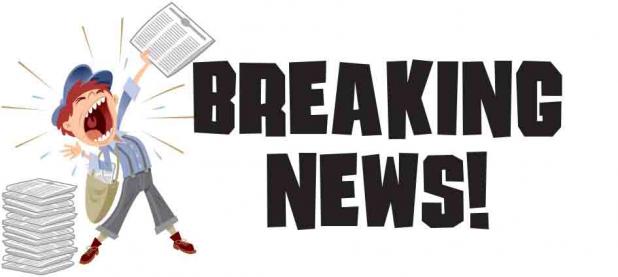
Health Department statement regarding contact tracing
What is Contact Tracing?
-
Contact tracing is a disease control measure that has been employed by local and state health departments for decades. It is a key strategy in breaking the chain of transmission of a highly contagious disease and involves health department efforts to identify, test and isolate people with suspected or confirmed infection.
-
Contact tracers are trained staff who call individuals diagnosed with a contagious disease to determine who they may have been in contact with and potentially exposed. Since COVID-19 is highly contagious, it is crucially important to identify those who have been exposed by coming into contact with an infected person.
-
The Oklahoma State Department of Health (OSDH) has recently expanded contact tracing efforts to slow the spread of COVID-19. This disease poses tremendous challenges to containment since there is not yet a vaccine and it can be spread by people without symptoms or who do not look or feel sick.
-
There are approximately 700 trained contact tracers currently working active cases in Oklahoma.
How Contact Tracing Works
-
A contact tracing investigation is conducted with every individual who has received a positive COVID-19 test result, whether they were tested by the State or through a private care provider.
-
When a person tests positive for COVID-19, they can expect a phone call from their local county health department or an OSDH representative, usually within 48 hours.
-
A legitimate contact tracer will never ask for personal details such as a social security number, banking information, or credit card number. Those who receive a contact tracing call, and want to verify it is from the health department, are advised to call the state’s coronavirus hotline at 211 with the first and last name of the contact tracer.
-
Contact tracers ask for information including date of birth, address, and about any additional occupants in the home who may also be at risk of exposure. Contact tracers work with a patient to help them identify whom they have had close contact during the time they may have been infectious.
-
Contact tracers then inform these individuals (a patient’s contacts) of their potential exposure as rapidly and sensitively as possible. To protect patient privacy, contacts are only informed that they may have been in close contact with a person diagnosed with COVID-19. They are not told the identity of the patient.
-
Contacts are provided with education, information, and support to understand their risk. Contacts are informed on how monitor themselves for illness and how to curtail the possibility that of spreading the infection to others, even if they are not experiencing symptoms.
-
Contacts are encouraged to get tested as well as quarantine at home and maintain social distance (at least 6 feet) from others in the home until 14 days after their last exposure, in case they also become ill. They should monitor themselves by checking their temperature twice daily and watching for cough or shortness of breath.
-
Contacts who develop symptoms should promptly isolate themselves and notify public health staff. They should be promptly tested and evaluated for infection and for the need for medical care.
